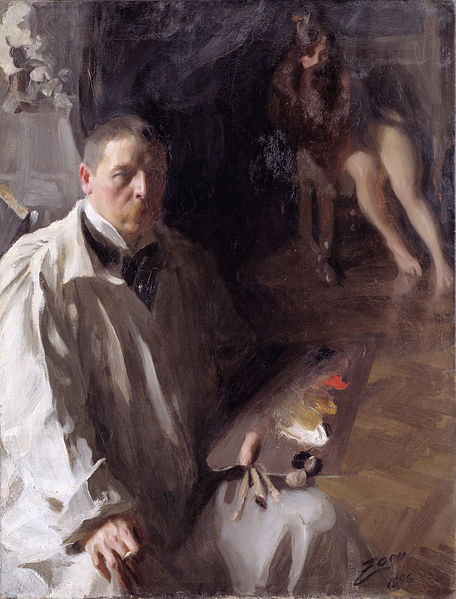A color triangle is an arrangement of colors within a triangle, based on the additive or subtractive combination of three primary colors at its corners.
A 1775 color triangle by Tobias Mayer.
Maxwell with his wheel
A set of primary colors or primary colours consists of colorants or colored lights that can be mixed in varying amounts to produce a gamut of colors. This is the essential method used to create the perception of a broad range of colors in, e.g., electronic displays, color printing, and paintings. Perceptions associated with a given combination of primary colors can be predicted by an appropriate mixing model that reflects the physics of how light interacts with physical media, and ultimately the retina. The most common color mixing models are the additive primary colors and the subtractive primary colors.
A photograph of the red, green, and blue elements (subpixels) of an LCD. Additive mixing explains how light from these colored elements can be used for photorealistic color image reproduction.
Color Mixing Guide, John L. King 1925, cover and plates describing yellow, red, and blue color mixing.
An 1896 self-portrait by Anders Zorn clearly showing a four-pigment palette of what are thought to be white, yellow ochre, vermillion, and black pigments.
Johann Heinrich Lambert's "Farbenpyramide" tetrahedron published in 1772. Gamboge (yellow), carmine (red), and Prussian blue pigments are used the corner swatches of each "level" of lightness with mixtures filling the others and white at the top.





